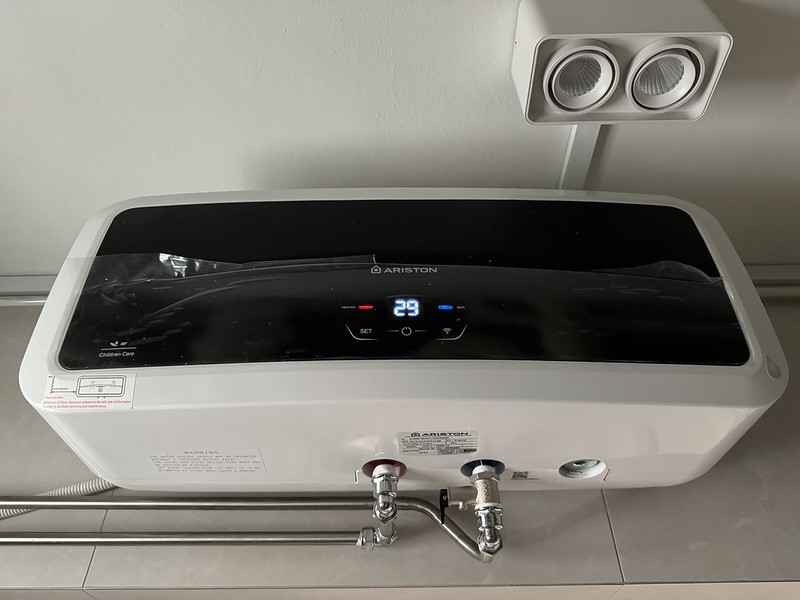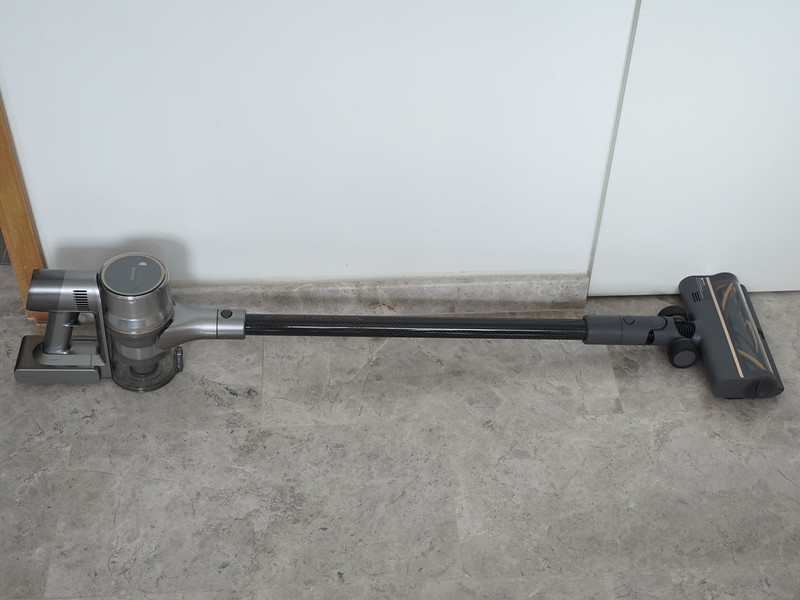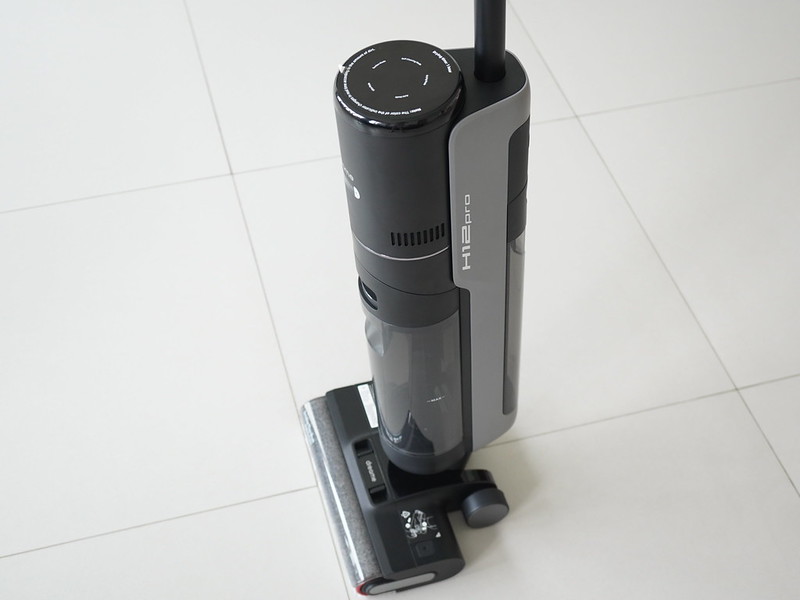Roborock Dyad Air Review
Roborock Dyad is Roborock’s wet and dry vacuum cleaner series.
There are four models currently, the Roborock Dyad, Roborock Dyad Air, Roborock Dyad Pro, and Roborock Dyad Pro Combo.
Roborock Dyad Air is the mid-range wet and dry vacuum cleaner in the Dyad series, which retails for S$499.90. You can get it from Roborock’s Shopee or Lazada store.
Because it is S$200 cheaper than the Roborock Dyad Pro, which retails at S$699.90, you only get a single roller and it comes without the automatic cleaning solution dispenser. Other than those, most features remain the same.
Packaging Contents
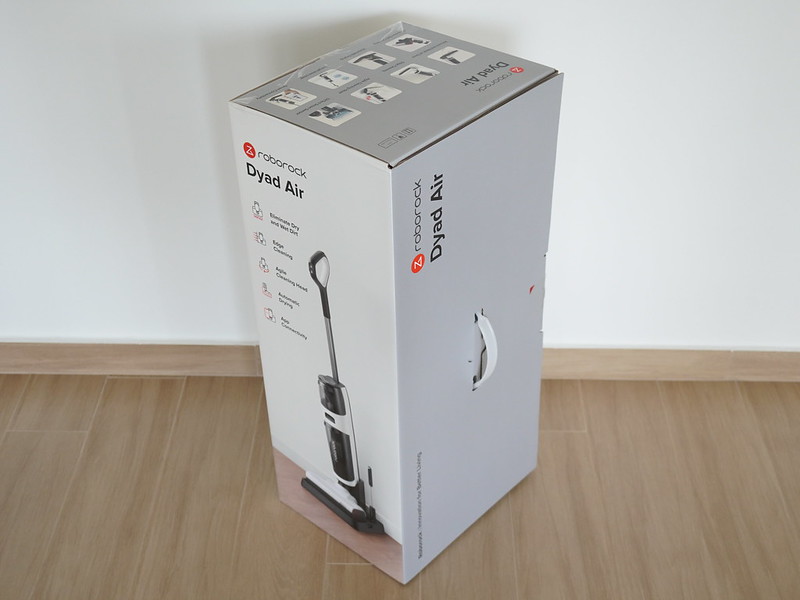

I was hoping they included a spare roller brush in the packaging, but sadly, they did not.
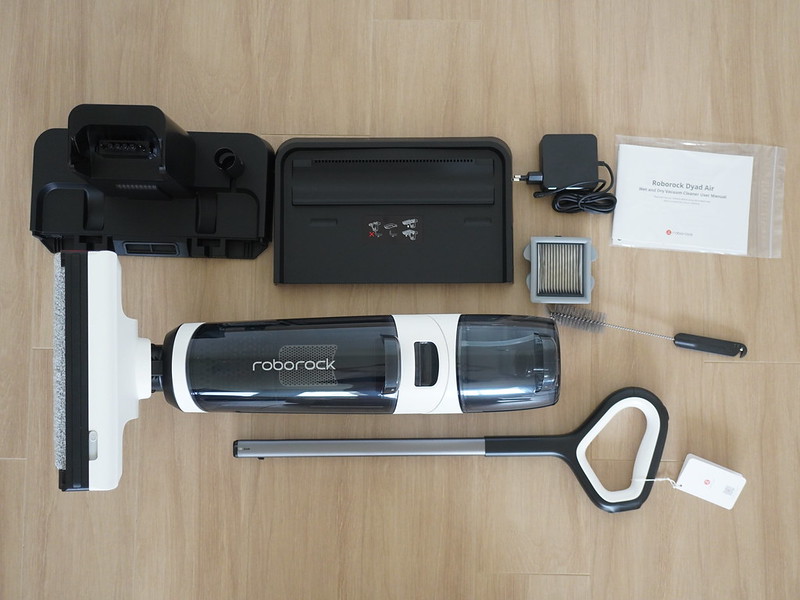
Water Tanks
At first glance, the clean water tank looks way smaller than the dirty water tank, but the Dyad Air has a 900ml clean water tank and a 770ml dirty water tank.

Base

The docking base has basic wire management feature.
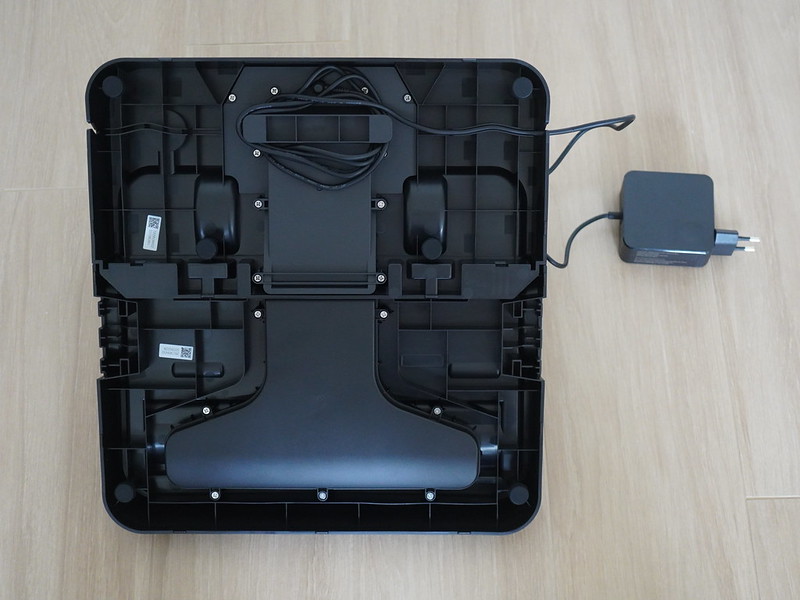
Edge-To-Edge Cleaning
Since the Dyad Air has a single roller, its edge-to-edge cleaning is 3mm instead of 1mm, as found in the multi-roller Dyad Pro.
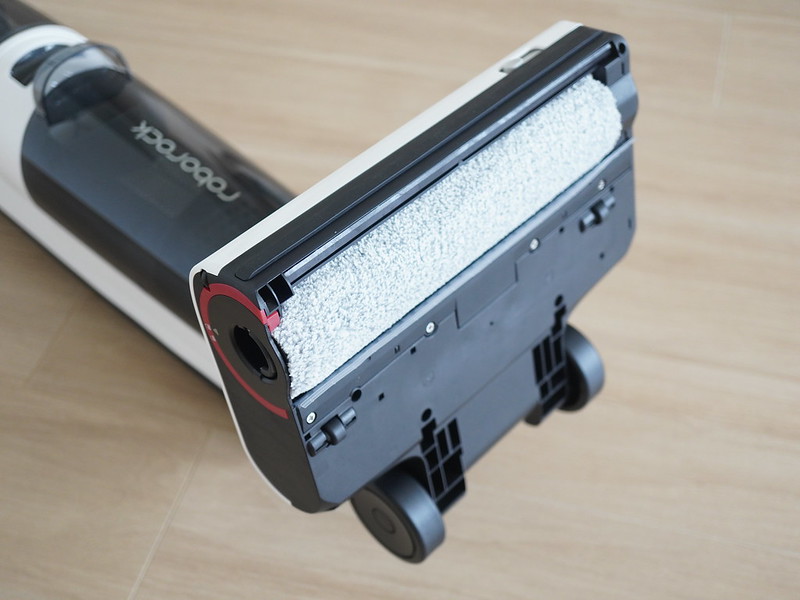
However, the edge-to-edge cleaning is slightly misleading because it measures only 3mm on the right side.
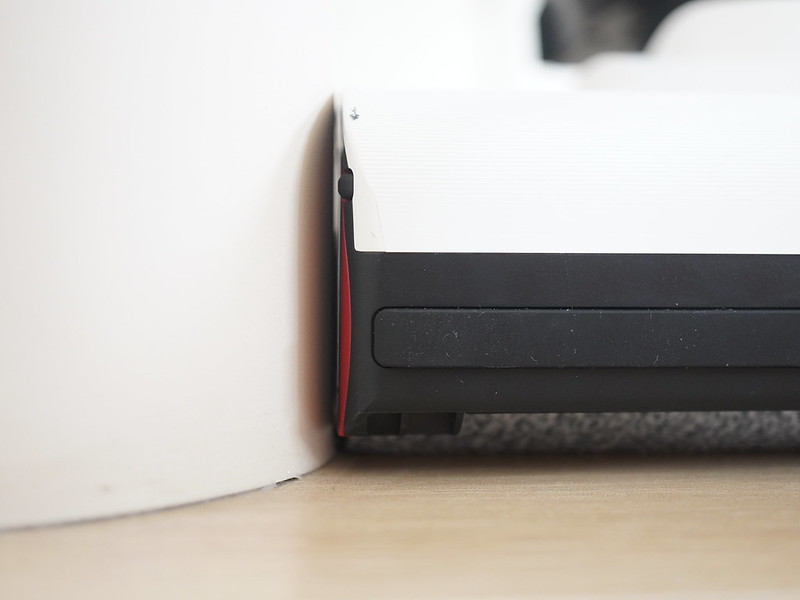
While the front and left sides are 2cm. So, it is not a true edge-to-edge cleaning.
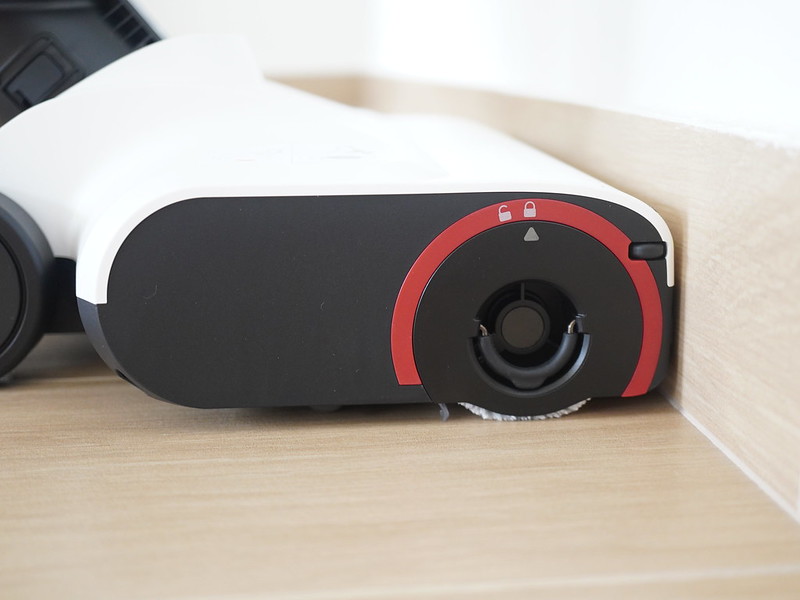
Weight
Having used the Dreame H12 Pro Wet & Dry Vacuum, I was surprised at how much lighter the Dyad Air was.

On paper, the Dyad Air is 4.1 kg, while the H12 Pro is 4.9kg. Despite having a difference of only 800g, it is very noticeable when I use it.
I think a good weight for a wet and dry is around 4kg. I find anything more than it not very comfortable to use.
You need more strength to lift it from the dock and move it around. You also need more strength to control it since the inertia is more.
Usage
There are only three buttons on the handle of the Dyad Air: Self-Cleaning, Power, and Mode.
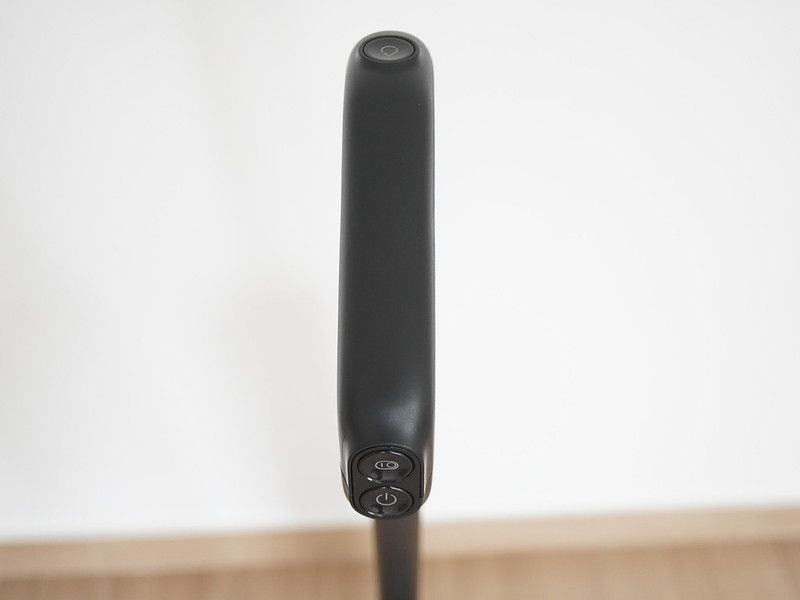
Pressing the Mode button will switch between various modes. Pressing the Power button will start or stop the machine.
An alternative way to stop the machine is by returning it to the upright position. I wish the reverse worked (if I tilt the machine, it will start), but it doesn’t.
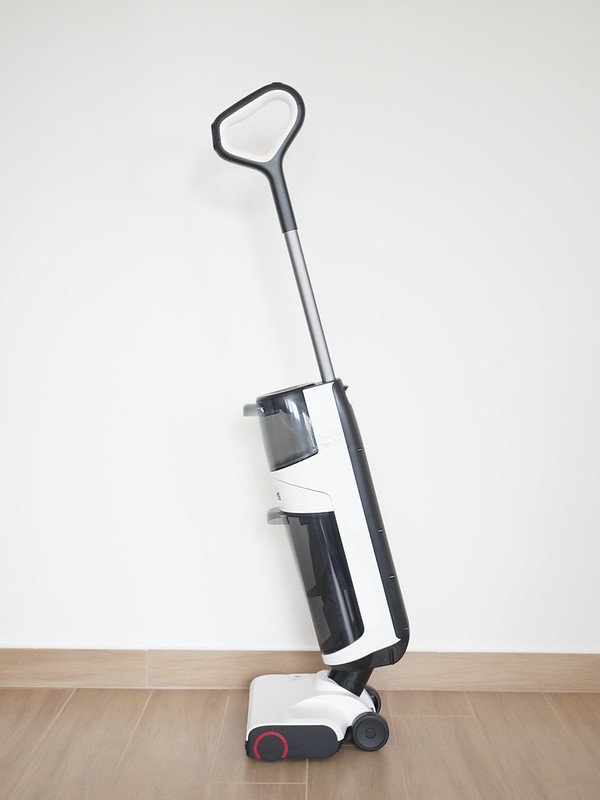
For the Self-Cleaning button, it will only work when docked.
I am very impressed at the voice prompts of the Dyad Air. It is very verbose and gives you a good understanding of what it is doing or any problems it encounters.

Noise Level
In Max mode, the noise level is about 80 dB, and in Auto mode, it is about 77 dB. It is slightly noisier than the Dreame H12 Pro Wet & Dry Vacuum.
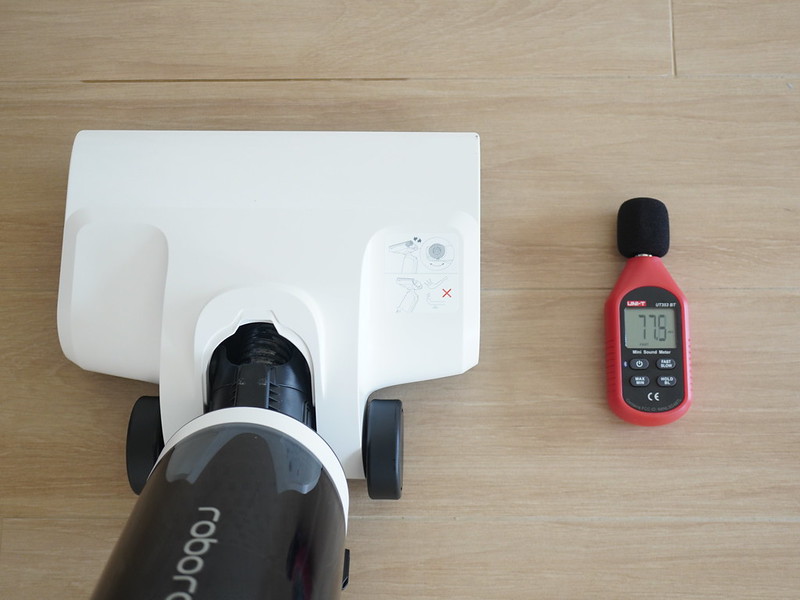
Clearence
This issue is not unique to Dyad Air, but I have a problem with wet and dry vacuums because they require a lot of height clearance to go underneath pieces of furniture.

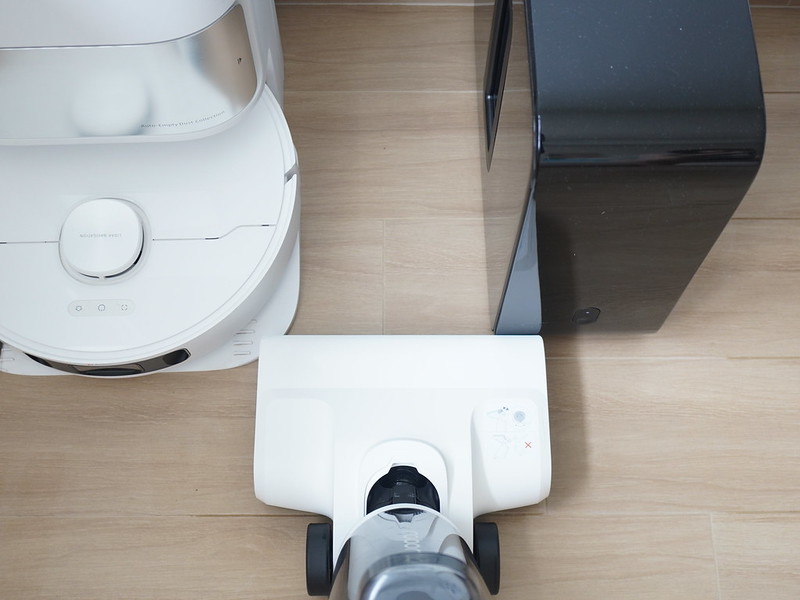
Battery Life
In Roborock’s technical specifications, using Eco mode, the battery life is around 50 minutes, allowing you to clean an area of up to 360m2.
During my test of using Auto mode, the battery dropped 30% after 25 minutes of cleaning my whole house.

Again, you cannot use your house size as a gauge because the Dyad Air can only clean certain places. So, the actual cleaning area will be much smaller.
A full charge should be able to clean most of the apartments.
App
Despite it being operated manually, Dyad Air connects to your Wi-Fi network.

Using the Roborock app, you can see the status of your Dyad Air, and start self-cleaning.

You can also change the suction force, water usage, and roller speed.

Here are also some other settings available for the Dyad Air on the Roborock iOS App.

Conclusion
I would think of the Dyad Air as a manual version of a robot vacuum cleaner. Both work well in open spaces but don’t clean well along edges. Dyad Air has a slight disadvantage because it requires more height clearance to clean underneath pieces of furniture.
For ad-hoc cleaning, Dyad Air makes sense because you can lift it out of the dock and clean the selected area within two minutes. For a robot vacuum cleaner, you must open the app, choose the location you want it to clean, and have the robot go to the designated area. Sometimes, you might have a problem selecting the precise spot on the map.
Dyad Air would complement your manual mopping rather than replace it because you still need your manual mopping in small in-betweens and low-height clearance.

